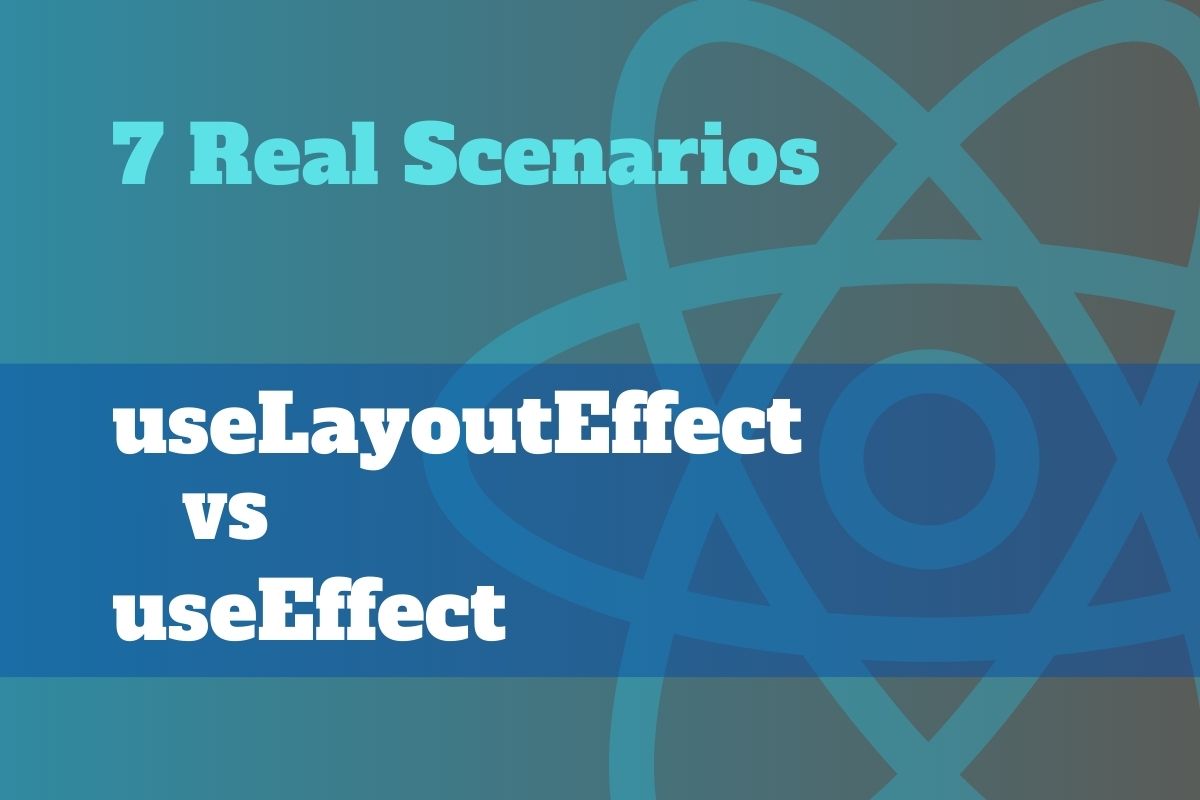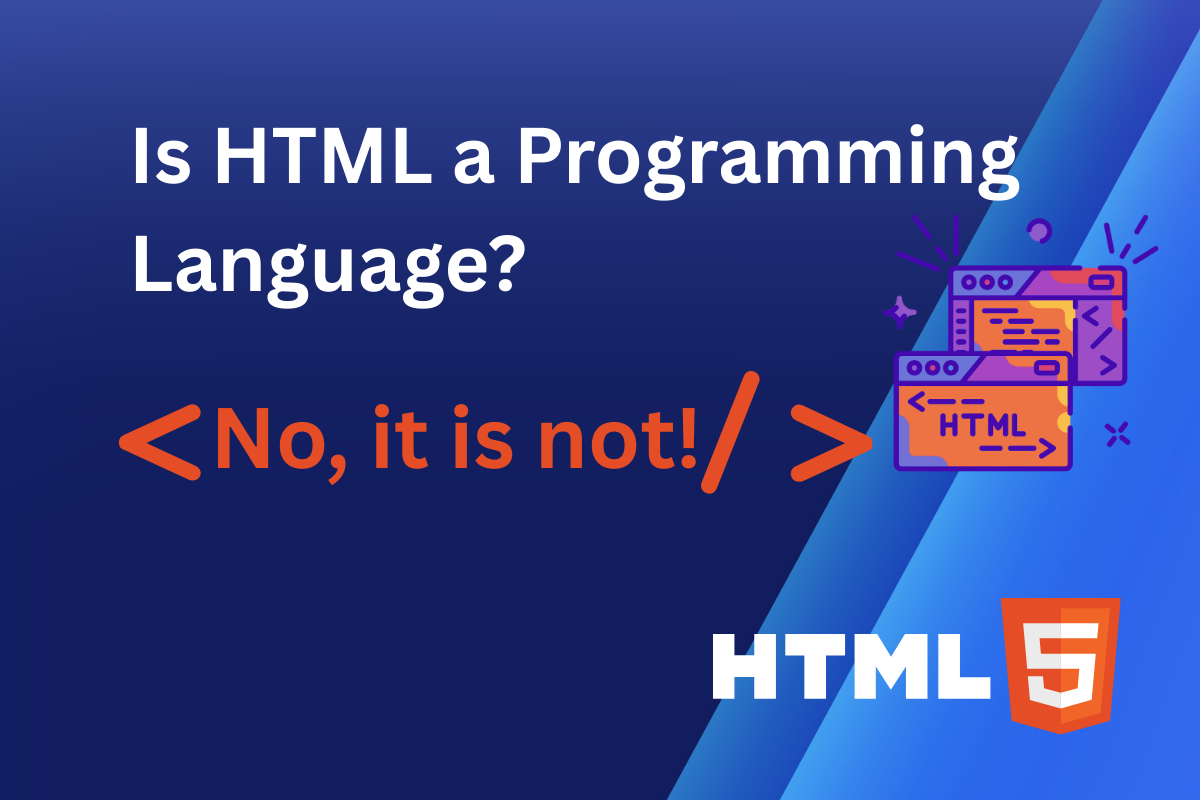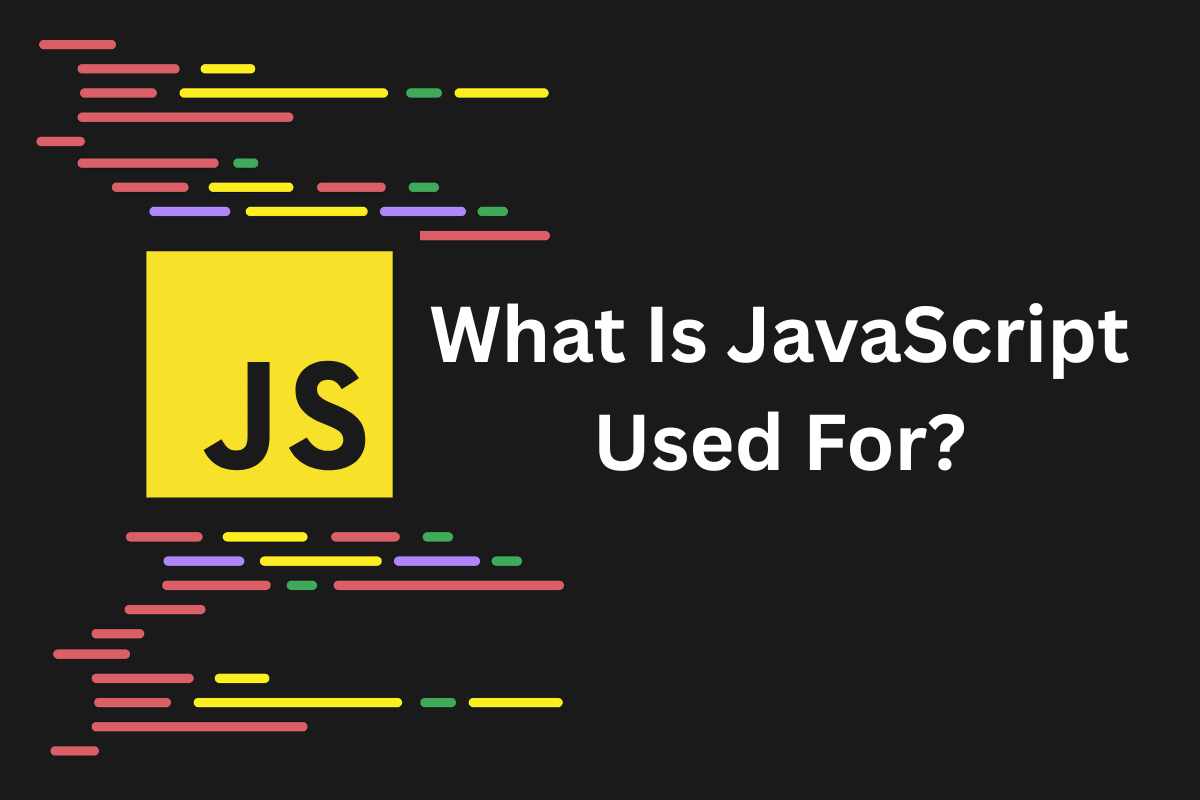Picking between Vite vs Webpack is a classic dev headache (I’ve seen it pop up in every forum). Many of us ask, “Which tool is better?” but the real question is which one fits YOUR workflow. Both have strengths, both have friction points. And yeah—people on Reddit even joke that “Webpack feels like configuring a spaceship, while Vite just works.” (I laughed because, same).
In this guide, I’ll share 7 key insights — speed, setup pain, ecosystem, plugin game, scalability, build output, and future-proofing. These aren’t theories—I’ve my own development experience (frontend and full-stack builds, React apps with millions of users) and community voices from Reddit, Stack Overflow, and developer blogs.
You’ll get the real trade-offs — NOT fluffy “Vite is modern” or “Webpack is mature” takes. My goal is to help you make decisions WITHOUT wasting weekends on endless configuration battles.
LEarning web development? CHecko ut my most “What Is JavaScript Used For – 8 Powerful Reasons to Know About JS“!
Why the Vite vs Webpack Comparison Matters
When devs argue about Vite vs Webpack (yeah, I say “veet”), it’s not just hype. The tools shape project speed, stability, and even your budget. Older apps — legacy codebases and corporate stacks — often lean on Webpack. Newer repos pick Vite because it feels lighter. Learn more in my “Read Before Setting Up A React App With Vite React“!
The cost of making a wrong choice is quite severe. You get slow builds, configs that break when you sneeze, and ugly migration paths later. On one project, cold dev builds took minutes per tweak (felt like punishment). The wrong choice early chains you for YEARS!!
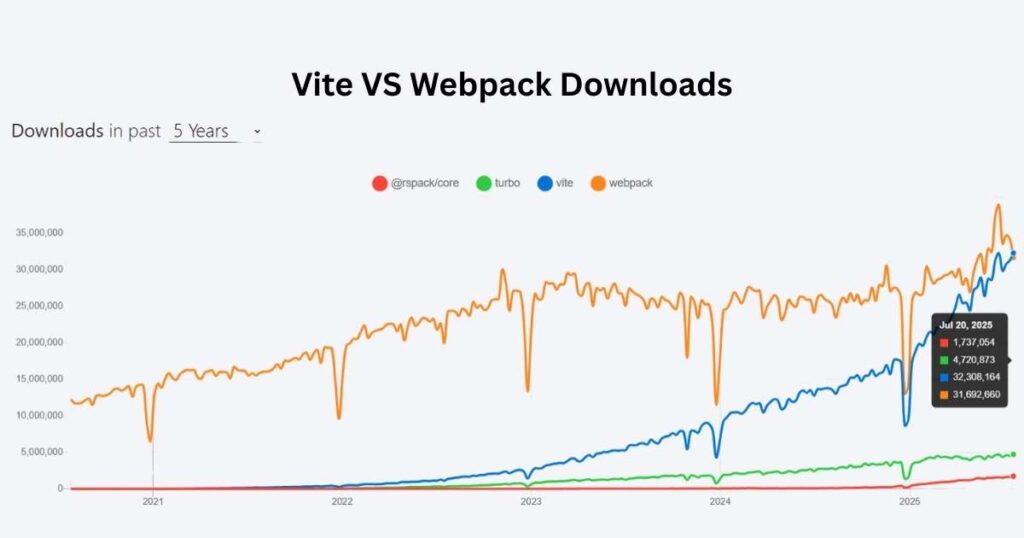
That’s why comparing matters. You want a fair baseline! Instead of guessing, set evaluation criteria—here’s 7 insights I’d always map out before choosing:
- Startup speed (cold dev builds)
- Hot reload responsiveness
- Config simplicity (or headache)
- Plugin ecosystem health
- Legacy support for older stacks
- Deployment setup (CDN/future hosting)
- Long-term maintainability
When you run these checks, vite vs webpack stops being “tool vs tool.” It becomes about future-proofing your workflow. Both Vite docs and Webpack docs (bookmark these!) provide clarity — do NOT skip the comparison upfront.
Insight #1: Startup & HMR Speed — Cold starts & Hot-Module Replacement
For devs comparing Vite vs Webpack, the first thing that hits you is startup time (or “cold start”—the time it takes the dev server to boot up after running npm run dev). Hot Module Replacement (HMR) is another key thing — it’s about how quickly the page updates after you save a change (so you can see your tweaks live, without a full reload).
Vite uses a native ES module server, plus esbuild for “crazy-fast” pre-bundling. Webpack bundles everything up — it MUST wait for all assets, config, and plugins like prepping for a “big party” every time. The difference? Vite’s startup is nearly instant!
Benchmarks from Kinsta nails: “Vite dev server comes up in under 2-5 seconds for most projects,” while “webpack sometimes takes 30–60 seconds”.
Speed Table: Vite vs Webpack Dev Server
| Framework | Cold Start (avg, seconds) | HMR Latency (ms) |
|---|---|---|
| Vite | 2–5 | 50–100 |
| Webpack | 30–60 | 300–1200 |
One Reddit dev: “With webpack, a minute-long build. Vite? Under five seconds, bro!”. Another said, “Hot reload kicks in before I even lift my hand off Ctrl+S.” That’s primarily thanks to Vite’s selective update—rewrites changed modules, not the whole bundle. Webpack’s HMR does work, but sometimes you get lag.
Vite VS Webpack Tradeoffs (Nobody’s Perfect)
- Vite dominates speed—instant startup, super-fast HMR, less time twiddling thumbs.
- On massive projects with tons of modules/assets? Vite can still lag a bit (“cold load for crazy CSS assets ain’t fun”).
- HMR sometimes breaks, especially when running gnarly plugins or in unusual environments (shoutout WSL2 and “my file system is weird”).
- Webpack is more stable for complex, legacy setups (loads everything, always—but you pay in time).
So—if startup and live reload speed matter for your workflow, Vite’s blazing fast. However, be aware of the caveats — not always perfect, especially in high-stakes or enterprise-level situations.
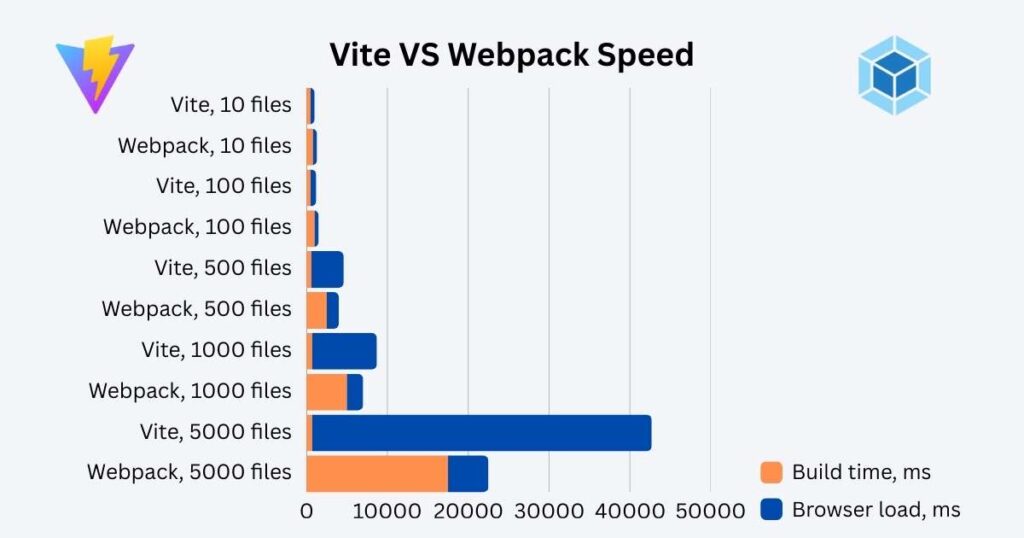
Insight #2: Build Time & Output Size — Full/incremental builds, CI/CD implications
Full/incremental builds totally change the workflow for Vite vs Webpack. Vite uses Rollup (the backbone for production builds), serving up tree-shaking and minification that bundles nicely and lean — smaller loading times are gold. Webpack rolls deep with plugins, caching, persistent cache, and flexible optimization flags. You can customize almost everything with Webpack, especially with lazyCompilation and dynamic import loaders.
Full vs Incremental Builds
Vite does both: “full builds” (npm run build for production) and crazy-fast “incremental builds” during development with nearly instant hot module replacement. Webpack does incremental builds too, but the first build is slow — it bundles everything upfront. For big projects, Webpack is competitive if you tweak caching and split bundles.
Rollup, Tree-Shaking, Minification
Rollup (under Vite) rocks solid tree-shaking and dead-code elimination, which packs only what’s needed and drops the rest (minification plus chunking — faster downloads). Versus Webpack, which also does tree-shaking, but you have to set mode: production and handle sideEffects for maximum effect. Vite’s Rollup usually spits out a tidier bundle.
CI/CD Implications
Faster builds mean cheaper CI/CD. Switching from a 3-minute Webpack prod build to a 1-minute Vite build saves time and money, plus hitting performance targets. Kinsta’s benchmark: Vite prod build 2s, Webpack 11s. Bundle size: Vite 866kb, Webpack 934kb. That’s NOT always the case, but it’s typical unless your app is massive.
For huge projects (like, thousands of files), Webpack claws back speed — persistent caching, lazyCompilation, etc. Vite DOES start to slow for these edge cases.
Table: Vite vs Webpack Build Times & Sizes
| Metric | Vite | Webpack |
|---|---|---|
| Dev build first run | 376ms | 6s |
| Hot change/dev refresh | Instant | 1.5s |
| Production build | 2s | 11s |
| Avg bundle size | 866 KB | 934 KB |
If your app is super chunky (lots of routes, async imports, mega assets), don’t assume Vite will always win. Webpack (with new loaders, lazyCompilation, smarter cache) can be a beast for mega-size builds — optimize those configs!
Smaller bundles (less KB) = faster user loading (especially for mobile!), easier caching, and better scores in performance audits. However, performance is more about optimizing what’s loaded, when, and how. So, do NOT obsess over a few kilobytes unless your site is a huge single-page application.
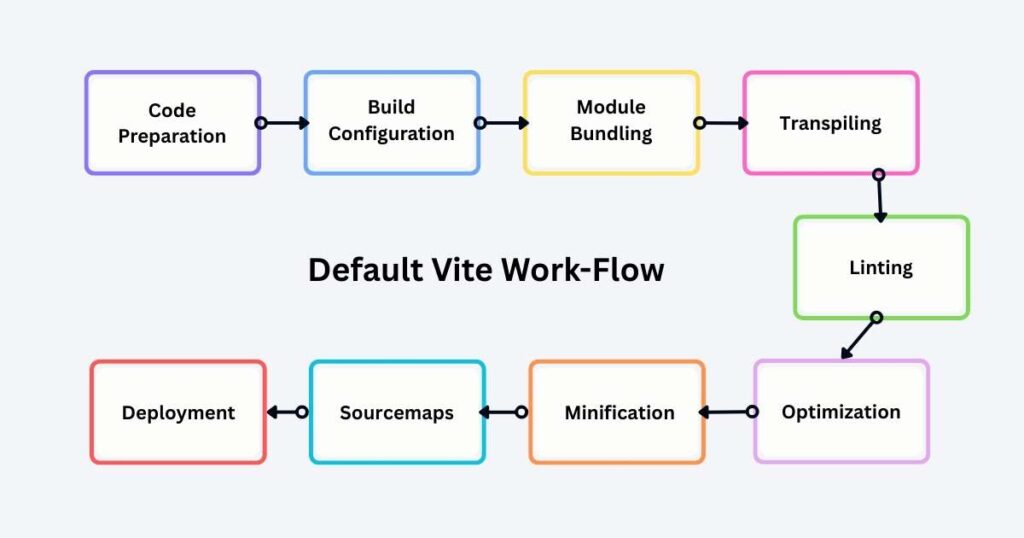
Insight #3: Config Complexity — Out Of The Box VS At Scale
When comparing Vite vs Webpack, config is where the vibes split. Vite ships with a zero-config setup. Webpack leans toward config everything — loaders, plugins, big JSON files. That’s cool if you love control, but it’s also heavy (and feels old school).
Vite is smooth when you start wuth aliasing paths and basic vite.config tweaks. But once you hit enterprise scale (monorepos, microfrontends, tons of legacy support)… the config grows. At that point, people on Reddit flat out said “Vite feels clunky with thousands of files, Webpack still handles big setups better.”
Real-world contrast showcases the vibe clearly. Vite covers modern ES modules, hot reload, and asset handling out of the box. If you need support for legacy browsers or specific asset pipelines — you bolt on a plugin. Webpack doesn’t assume defaults—it makes you describe the whole build up front, but that means legacy support and deep customization are built into its DNA from the start.
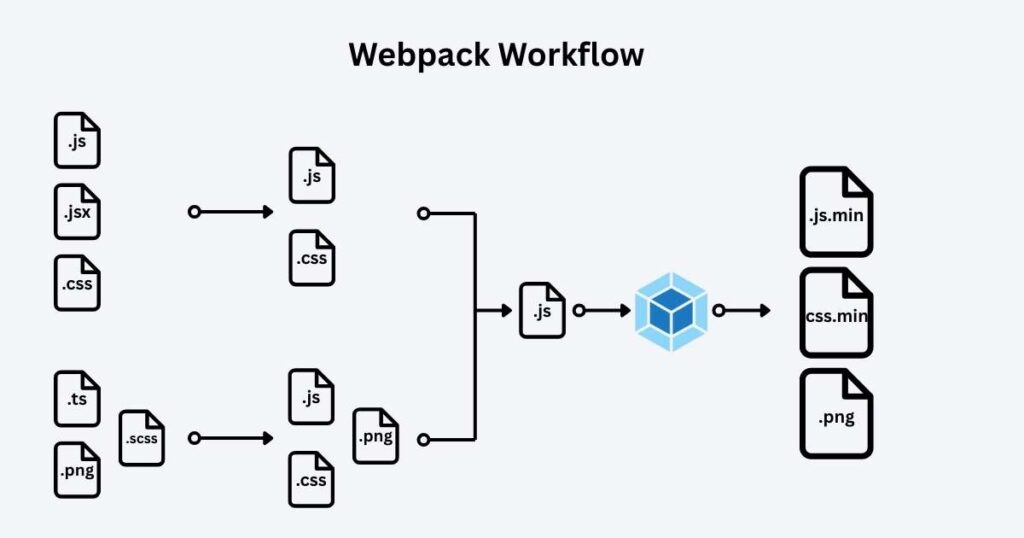
Migration between them adds another wrinkle. Moving from Webpack to Vite often means rewriting loaders and plugins into Vite’s system. The payoff is undeniable—faster startup, less config boilerplate, more focus on dev work. But it comes at the cost of rethinking old setups.
In the end, Vite feels like less complex when the project is small to mid-sized. Yet at full enterprise scale, all the config pain inside Webpack starts to feel more like reliability than burden.
Insight #4: Ecosystem & Plugins — Availability, Maturity, Compatibility
Let’s talk plugins and real-world support when picking Vite vs Webpack. Webpack’s plugin scene is huge—literally thousands (seriously, check NPM!!). If you need CSS modules, image optimizers, or federation — Webpack’s got mature solutions, many sticking since like 2016.
Vite has plugins too. Vite’s list is growing fast, but nothing touches Webpack’s volume. You want a hot-reload or PostCSS support? Sure—Vite’s Rollup covers basics and trendy stuff (tailwindcss, vite-plugin-legacy, or vite-plugin-pwa). But you can NOT use webpack loaders in Vite—you gotta find (or write) a Vite plugin.
Some devs on Stack Overflow grumble that “Vite plugins break after updates,” while Webpack plugins stay solid for years. With stuff like svg-sprite-loader, or custom Babel chains you find yourself outta luck on Vite unless the community jumps in.
So—“vite vs webpack” is mostly about how many plugins feel ready for prime-time (and whether you’re okay coding a fix if stuck).
Insight #5: TypeScript & JSX Handling — Transpilation, Type Checking, Ergonomics
When devs compare Vite vs Webpack, TypeScript handling is the real deal-breaker (at least for me). Both tools handle TS/JSX fine, but the workflow differs, and that’s where the “pain” lies.
Vite uses esbuild for transpilation and does NOT do type-checking inline. Instead, errors come from tsc. That keeps the dev server fast, but you miss silent type errors until your editor flags them.
StackOverflow explained it well: “No, Vite does automatic syntax transforms … if you want to support features in older browsers, you need polyfills!”
Webpack runs on another playbook. It leans on ts-loader or babel-loader + fork-ts-checker-plugin. That combo handles both transpile and type-checking in one pipeline. Yeah, it is slower, but errors show up during compilation, NOT just in the editor. Using swc-loader is another option — faster than Babel, decent on TS/JSX transforms.
Here’s the Vite vs Webpack contrast:
| Task / Tool | Vite | Webpack |
|---|---|---|
| Transpile | esbuild (fast, no type-check) | ts-loader / babel / swc |
| Type-check | External (tsc, vue-tsc, checker plugin) | Built-in with loaders + fork-ts-checker |
| JSX/TSX | Native esbuild parsing | Loader config (Babel presets, React JSX options) |
| Speed | Instant feedback, less safe | Slower build, safer checking |
There are plenty of edge cases for Vite! Decorators, experimental TypeScript features, or JSX transforms do NOT always play nice in Vite (that’s where Babel swoops in). In Webpack, you just toss in another loader/preset — a heavier config, but flexible.
Insight #6: Code Splitting & Caching — Dynamic Imports, Chunking, Long-Term Caching
Code splitting is breaking your app into smaller files — so the browser does NOT load everything at once. Dynamic imports load files only when needed (like navigating a new route in React). Both Vite and Webpack handle this, but with different “vibes”.
Webpack gives you more control. You set up splitChunks rules, tweak chunk names, and add caching. It’s detail-heavy (sometimes too much) but powerful for huge projects. For caching, Webpack uses content hashes, so if one file changes, only that chunk reloads — the browser keeps the rest cached.
Vite takes a lighter approach. It automatically splits vendor code and dynamic chunks. You still customize chunking via Rollup build options — for example, manualChunks. Vite also uses hash-based file names out of the box, so browser caching works well with no deep config. Less control than Webpack, but faster setup.
Real-world, bundle sizes matter! Fewer requests = faster load, but huge single chunks = slower first paint. Webpack lets you micro-optimize every split. Vite instead gives smooth defaults that just… work.
Insight #7: CSS & Asset Pipelines — PostCSS, SASS, CSS Modules, Images, Static Assets
Handling CSS and assets is where Vite vs Webpack feels miles apart. Both cover the basics—SASS, PostCSS, CSS Modules, static files—but the pipeline feels smoother in one than the other.
Vite uses native ESM imports (import ‘./style.scss’) and allows PostCSS or SASS plug-ins. Webpack does the same but relies on css-loader, style-loader, sass-loader loaders. For static assets — images, fonts — Vite auto-handles URLs while Webpack’s older versions need file-loader or url-loader (Webpack 5 merged these into asset modules).
Quick Compare: CSS & Assets (Vite vs Webpack)
| Feature | Vite (default) | Webpack (default) |
|---|---|---|
| CSS preprocessors | Direct plugin | Loader chain |
| CSS Modules | Auto by naming | css-loader config |
| PostCSS | Built-in | Needs loader |
| Images & fonts | Import = works | Needs file/url-loader (before v5) |
| Asset hashing | Auto | Configurable |
| SVG imports | Simple, ESM | Varies, loader risk |
| Performance | Fast dev, slow raw SCSS | Slower compile, better caching |
Conclusion — Vite VS Webpack
When it comes toVite vs Webpack, there is NO one-size-fits-all. Both tools shine in different ways — faster dev with Vite, deep custom builds with Webpack. The 7 insights above give you high-level guidance, but the real decision depends on your setup!!
Here’s my rule of thumb: for new projects, default to Vite. For massive enterprise apps Webpack still wins. Always start with a small prototype — it shows the truth fast.



